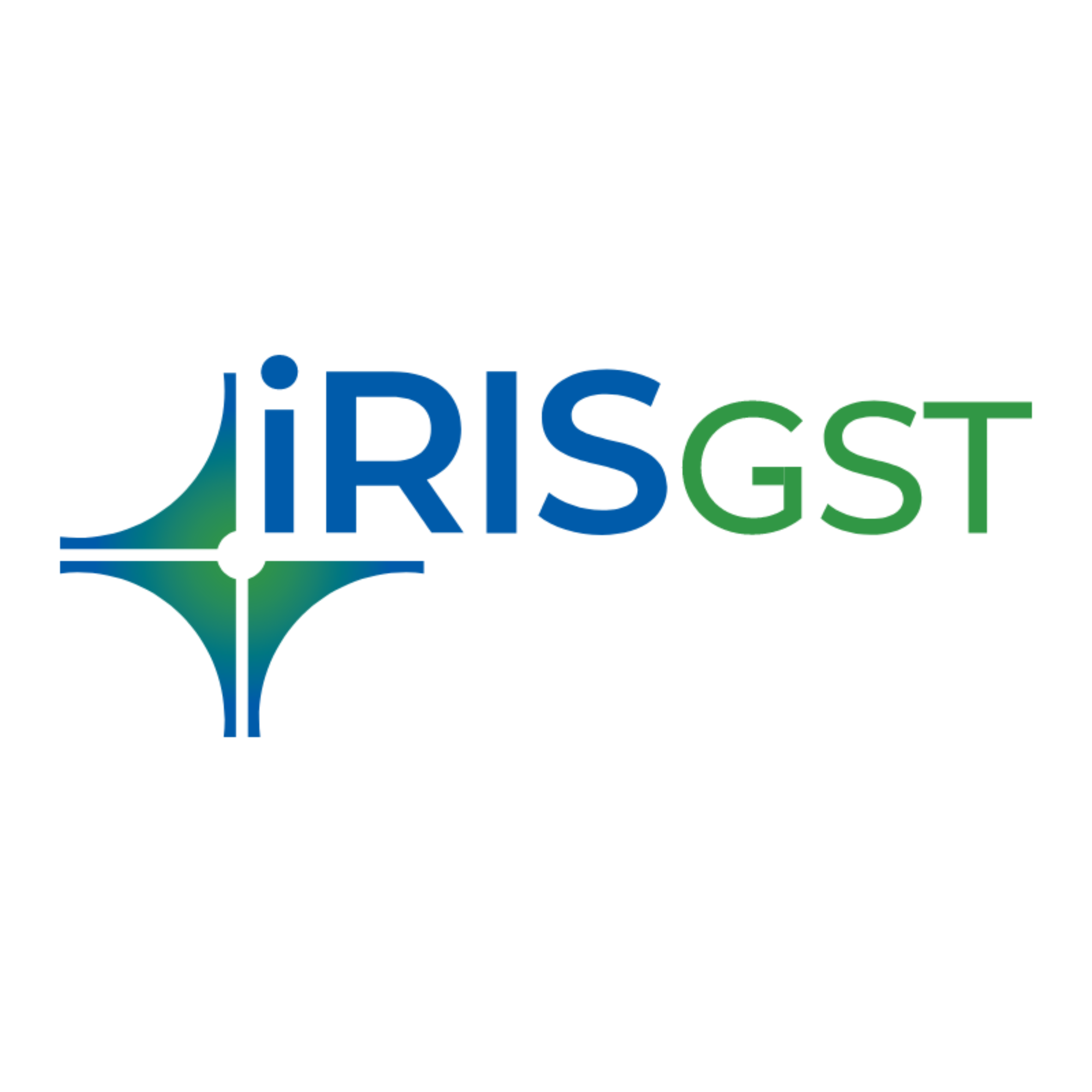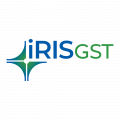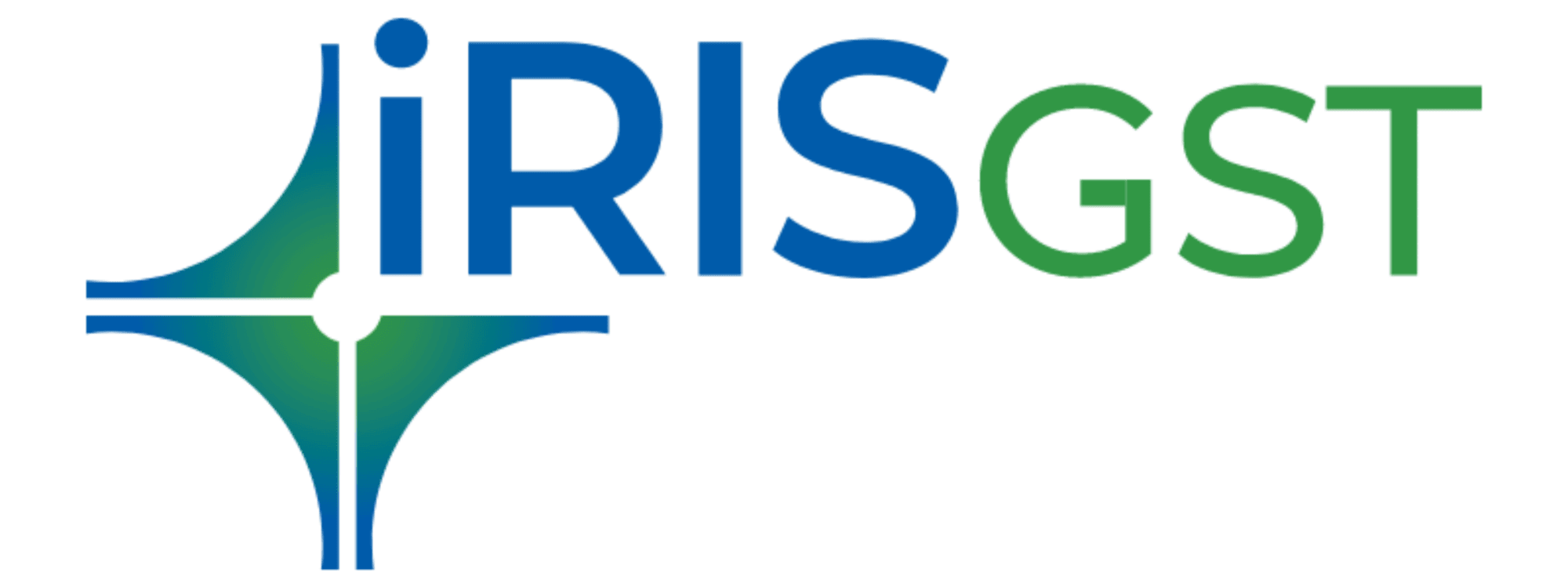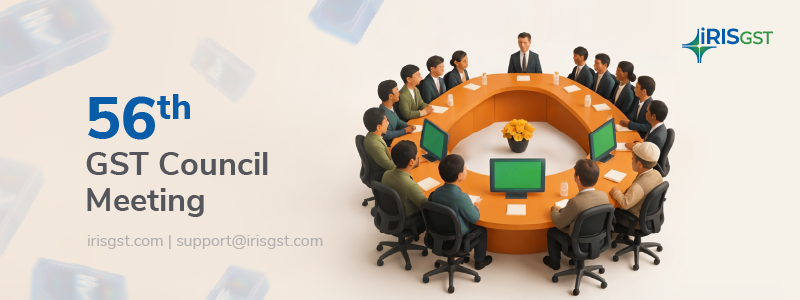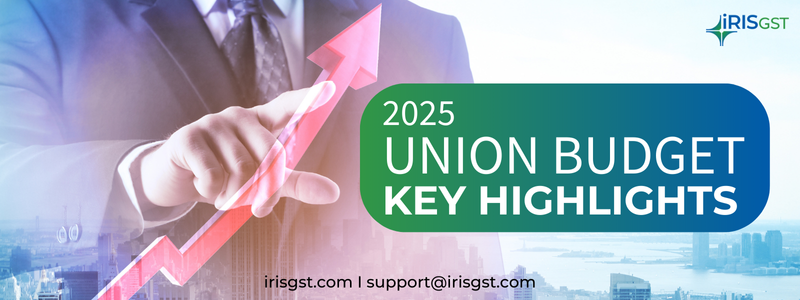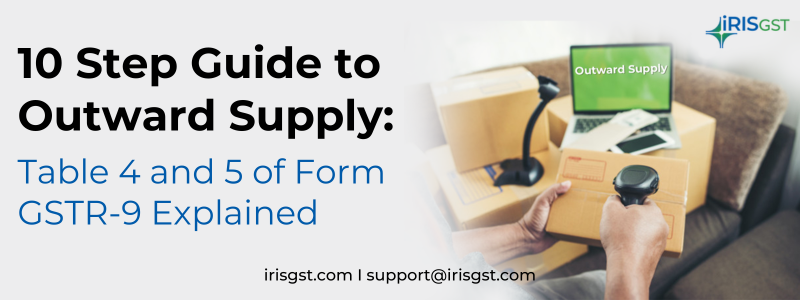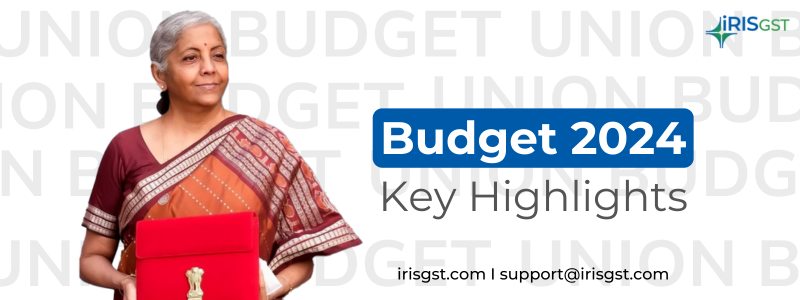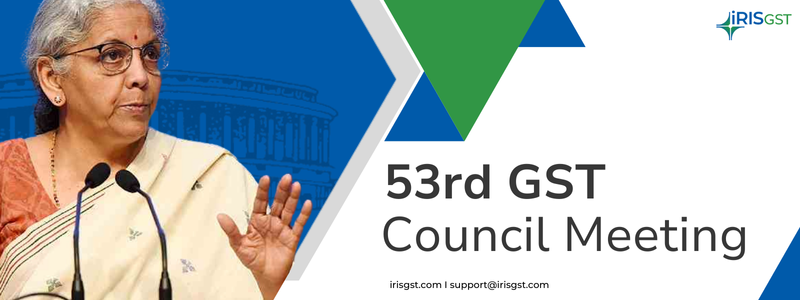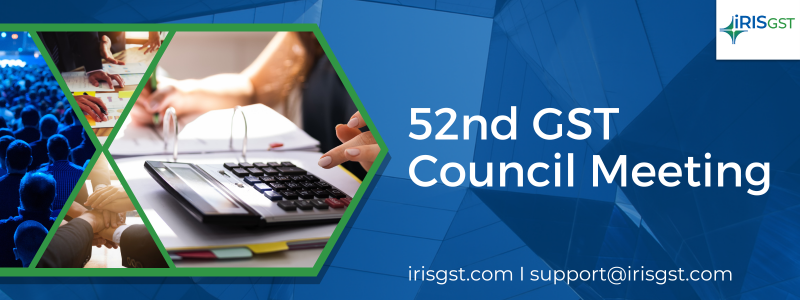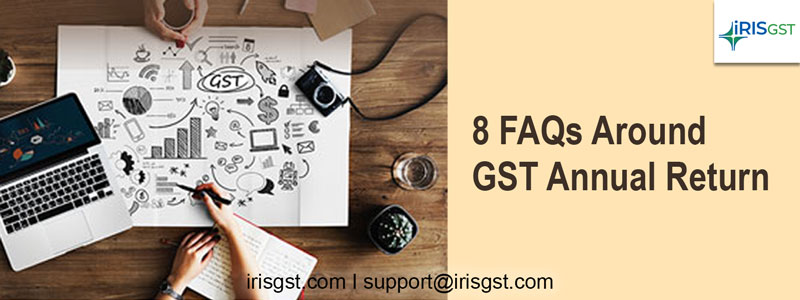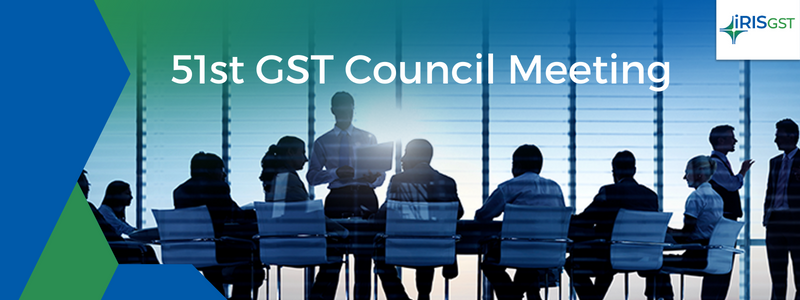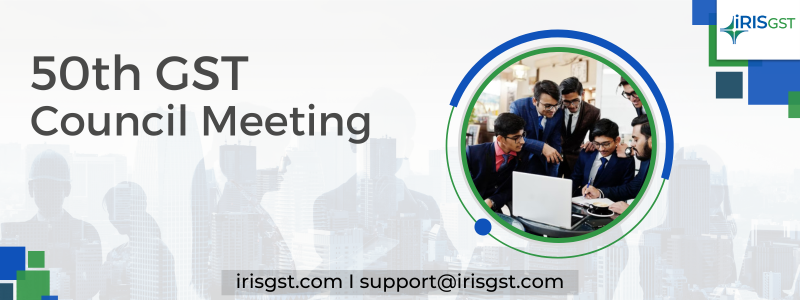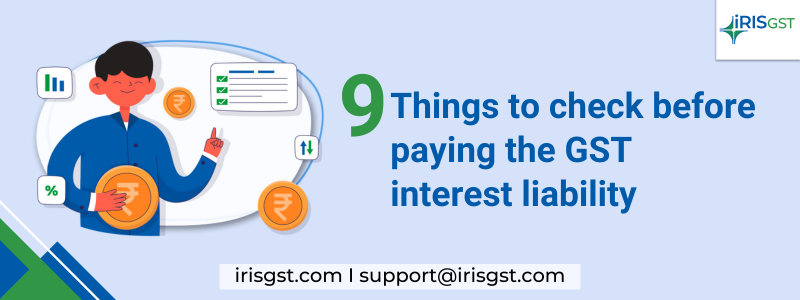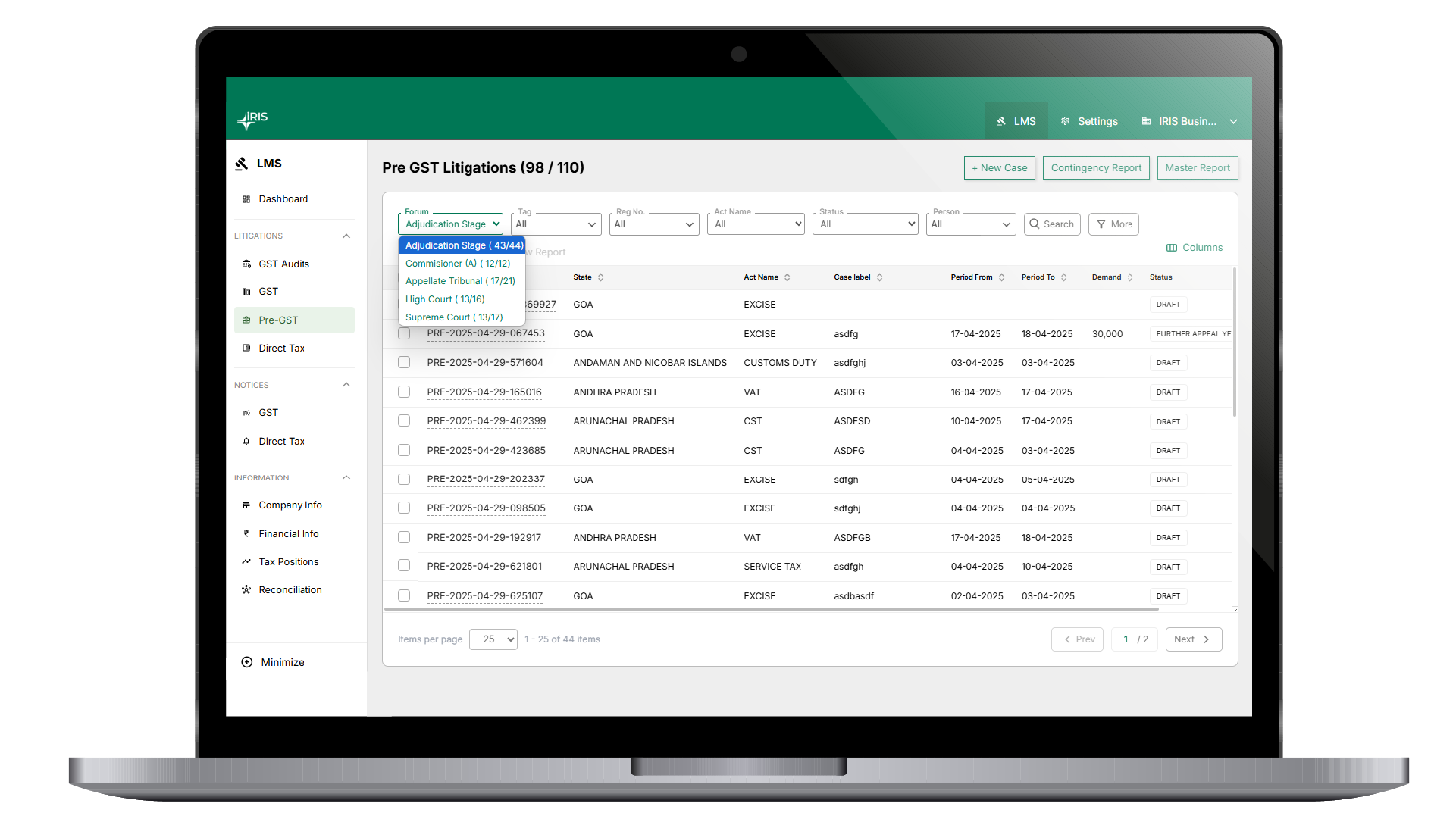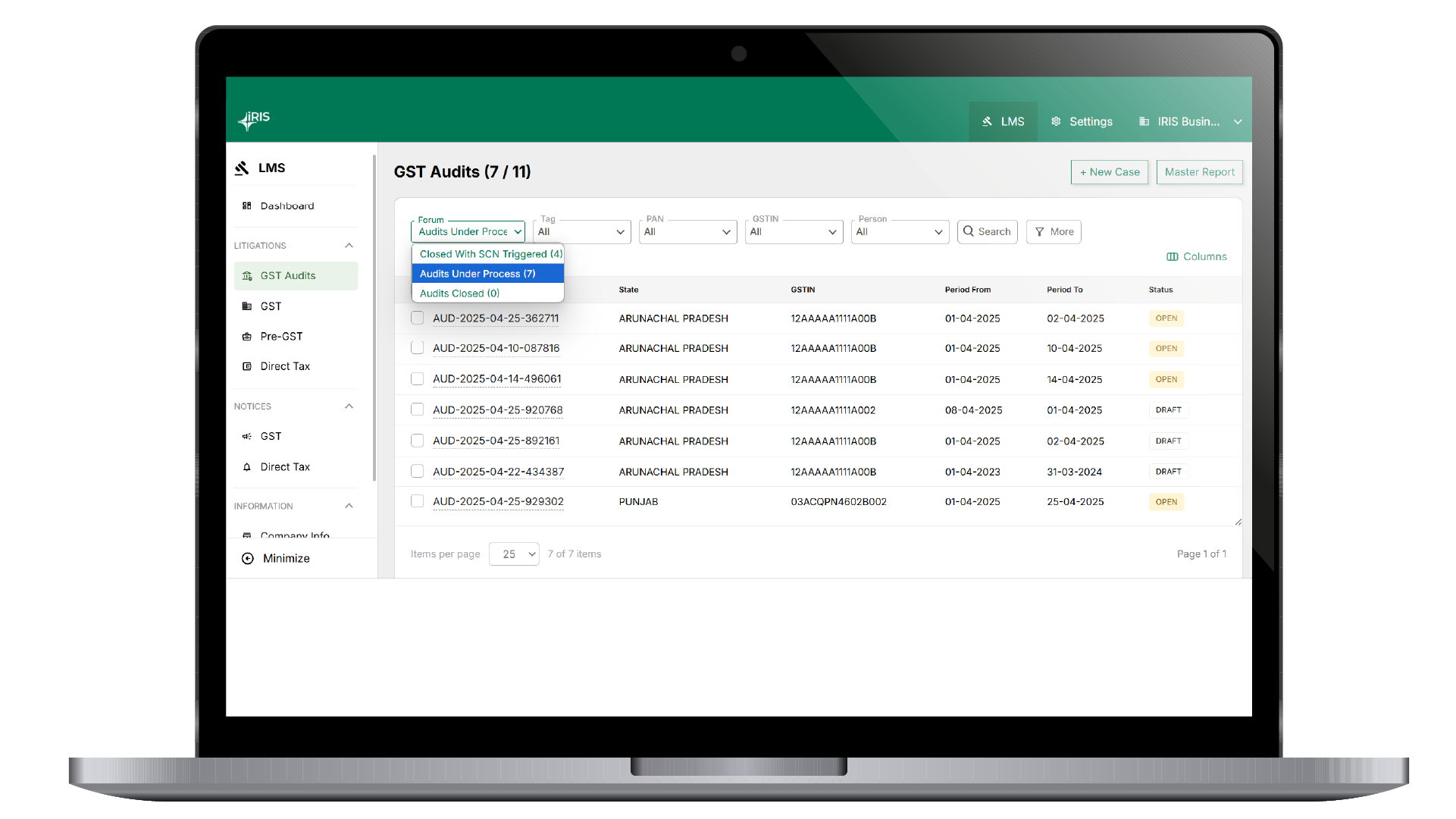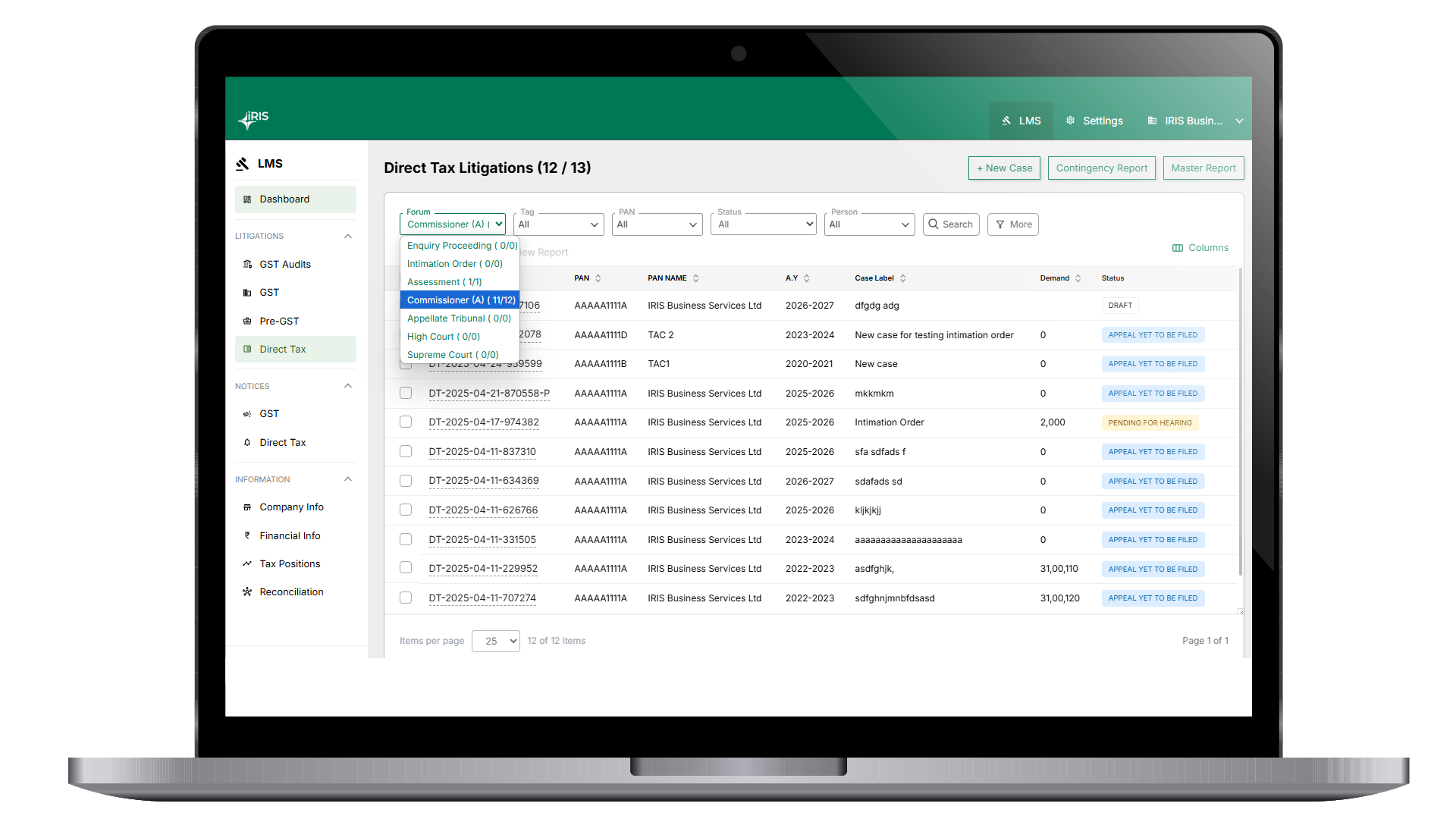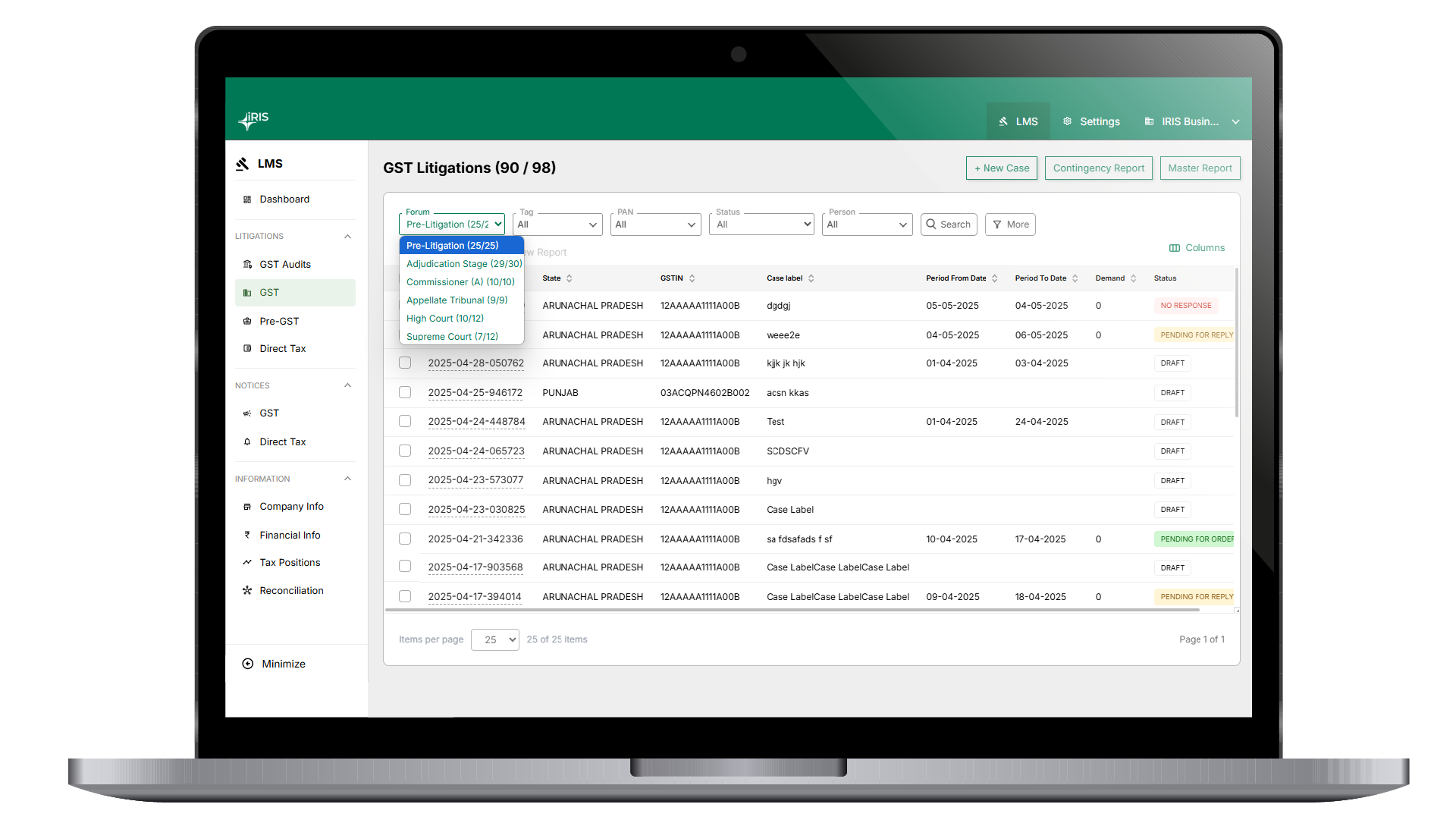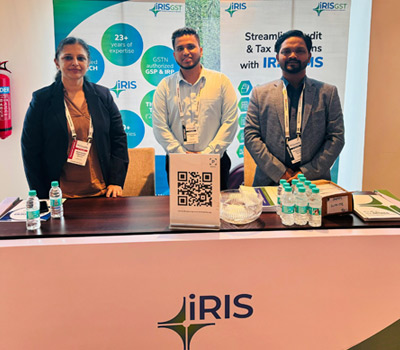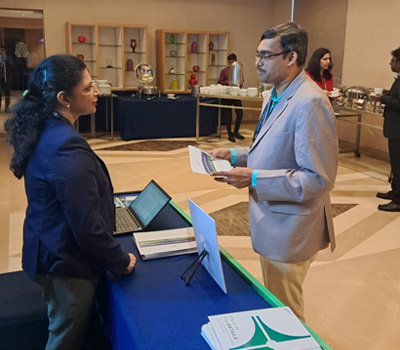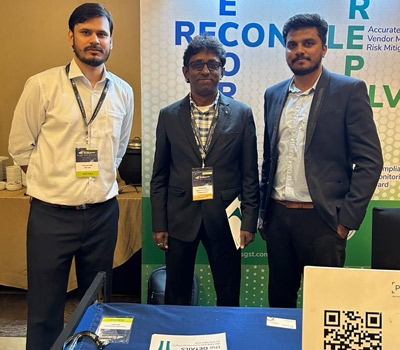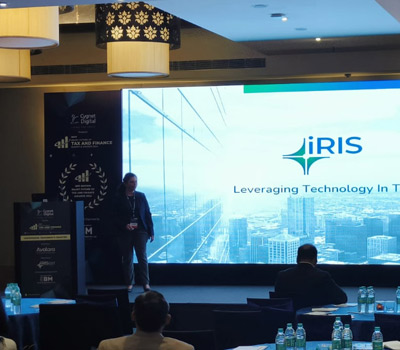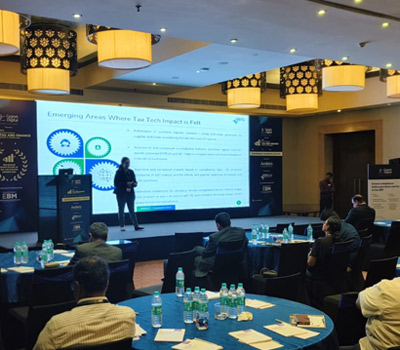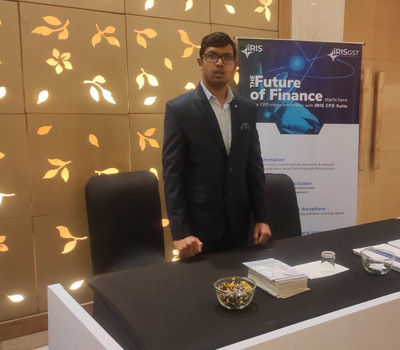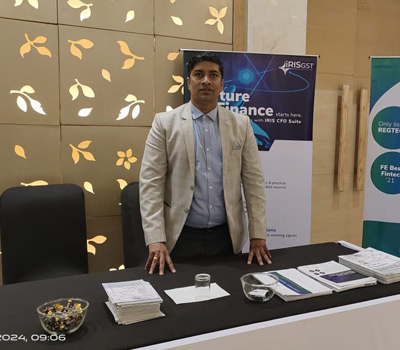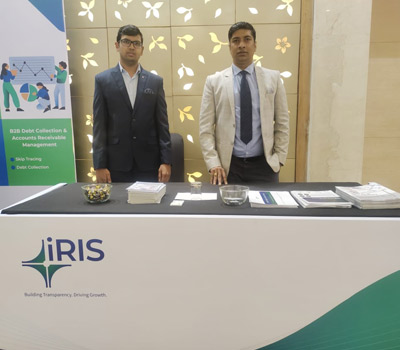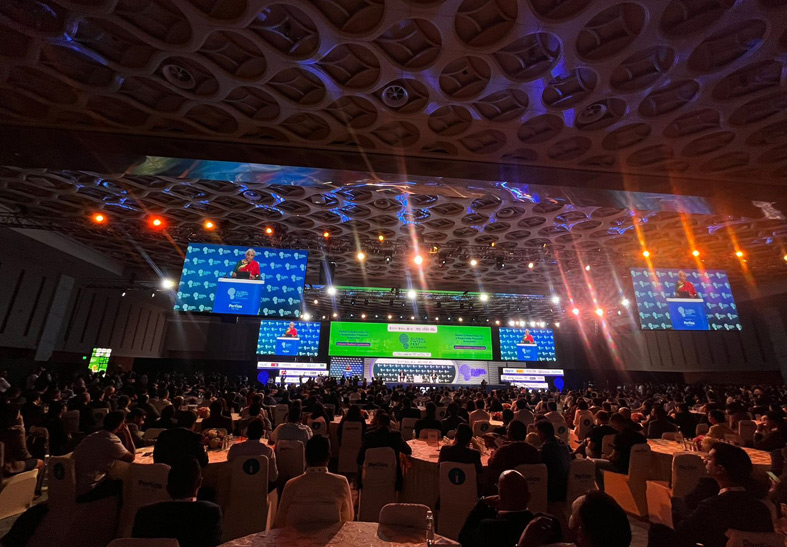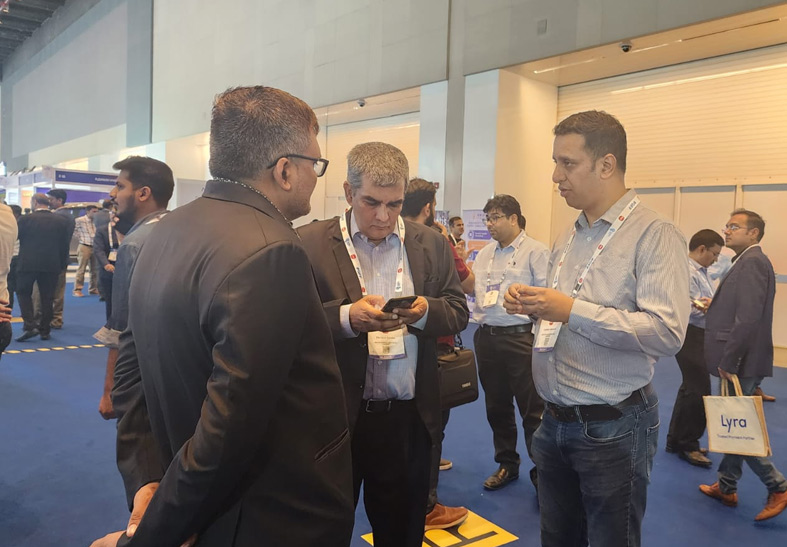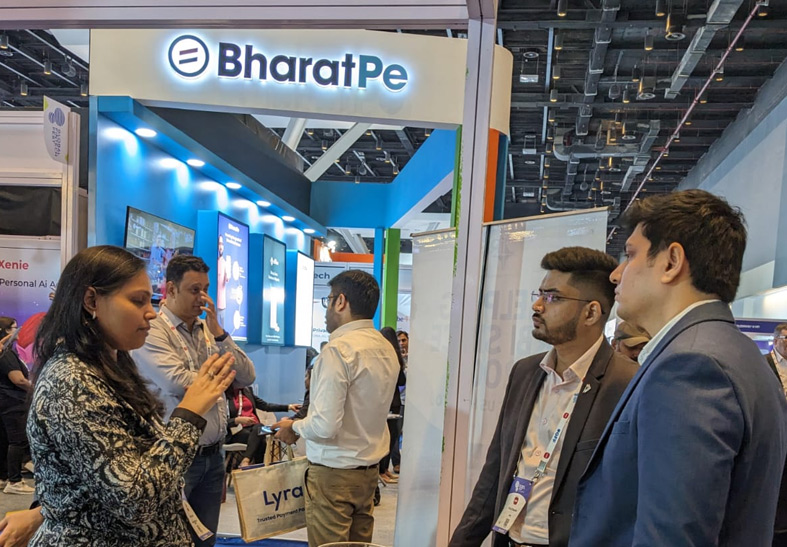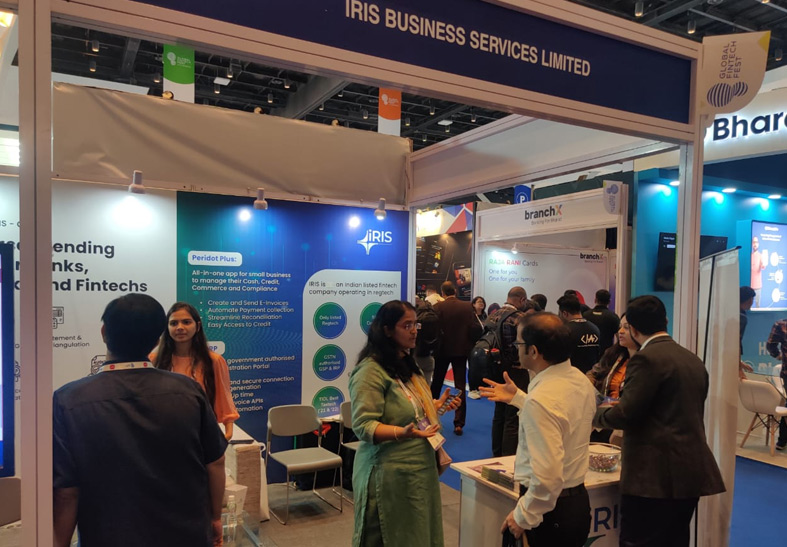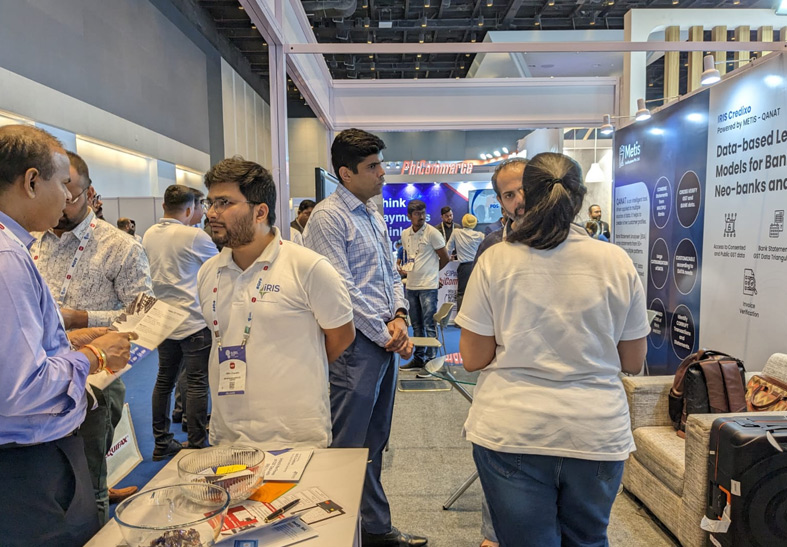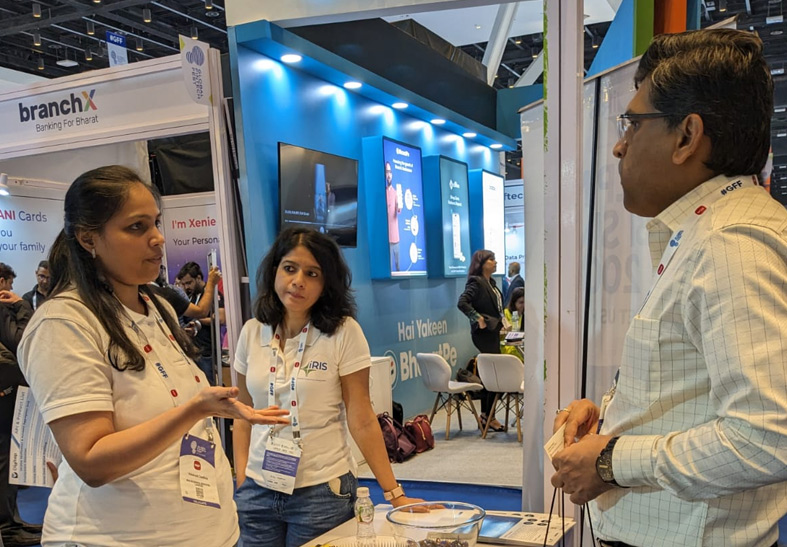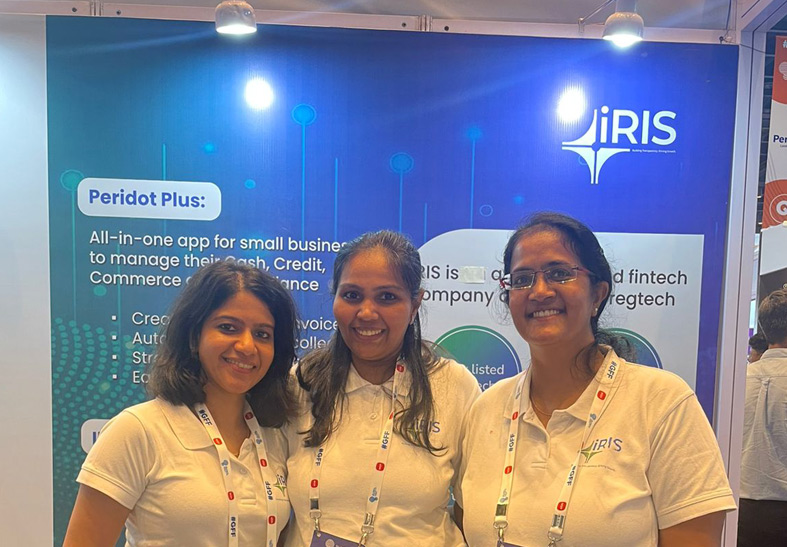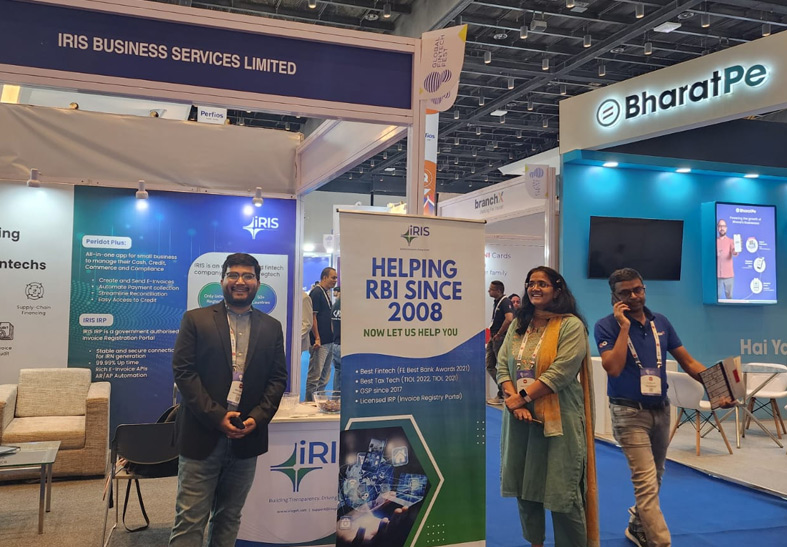With the 56th GST Council meeting expected to convene in June 2025, all eyes are on the Centre and states as they prepare to deliberate on crucial tax reforms.
Union Budget 2025: FM Nirmala Sitharaman is set to unveil the budget on Feb 1, 2025. Read key expectations across all sectors here
The 55th GST council meeting is set to take place on December 21st, 2024, in Jaisalmer, Rajasthan | Key Expectations and Agenda
In this part, you need to provide consolidated details of all your outward supplies and advances received on which tax is applicable during the financial year for which the return is filed.
The 54th GST Council Meeting on 9th September, 2024, in New Delhi, focused on streamlining tax rates, providing relief to individuals, and improving trade facilitation.
Read an overview of the key highlights and priorities of India's Union Budget 2024-25, including major initiatives in agriculture, employment, MSMEs, and infrastructure.
The 53rd GST Council Meeting on June 22nd, 2024, in New Delhi, focused on simplifying GST compliance, reducing litigation, and enhancing business ease.
The Union Finance Minister Nirmala Sitharaman chaired the 52nd GST Council Meeting, took place on October 7, 2023. Read key highlights here...
Annual GST Return - Everything you want to know about GSTR9, GSTR9A, GSTR9B, GSTR9C filing. A statement that every taxpayer needs to file annually.
The Union Finance Minister Nirmala Sitharaman presided over the 51st GST Council Meeting, which took place on August 2nd 2023. Read key highlights here...
The Union Finance Minister Nirmala Sitharaman will preside over the 50th GST Council Meeting, which is most likely to take place in June 2023.
In this article, we will discuss 9 things that businesses need to check before paying their GST interest liability to ensure that they are not overpaying or underpaying their tax dues.
